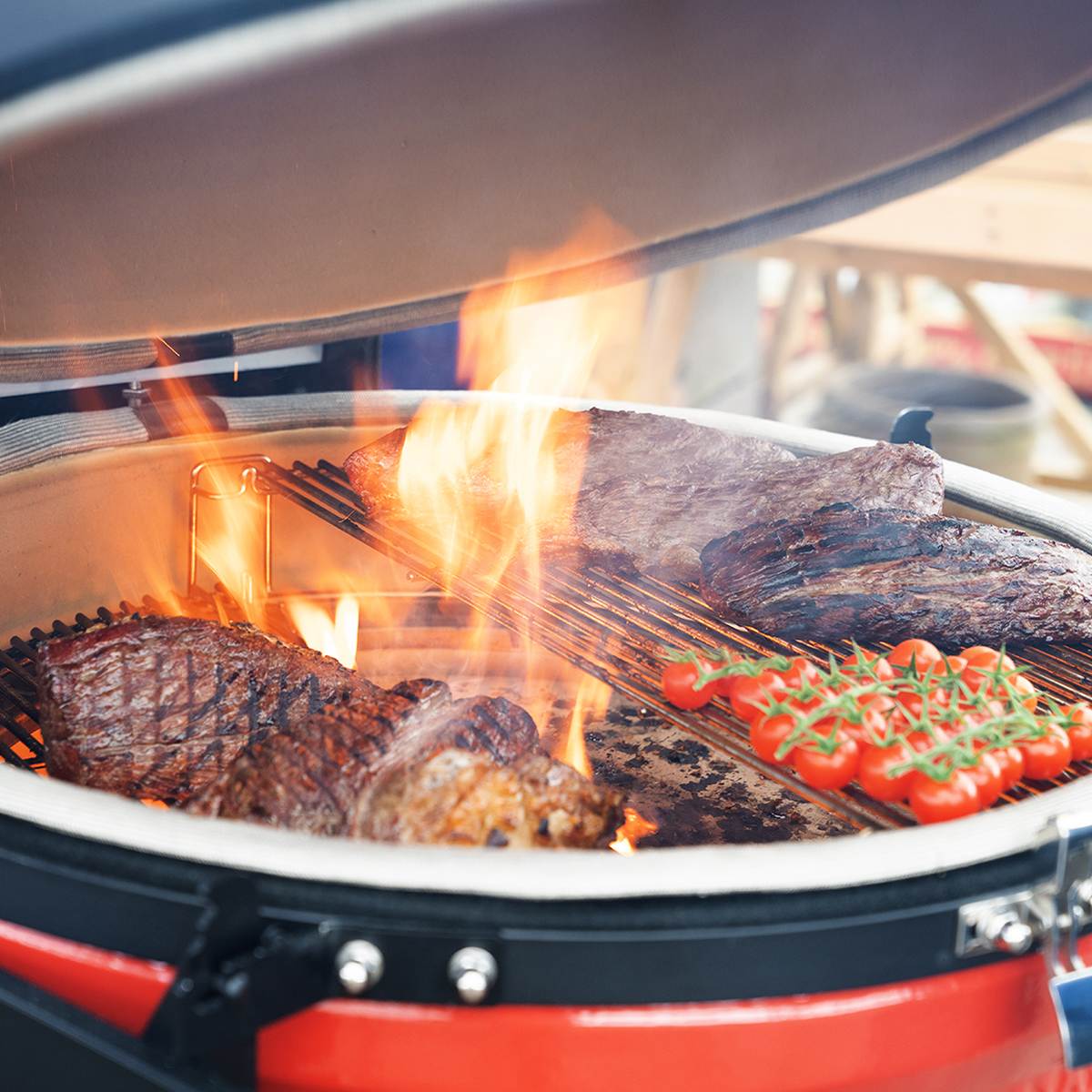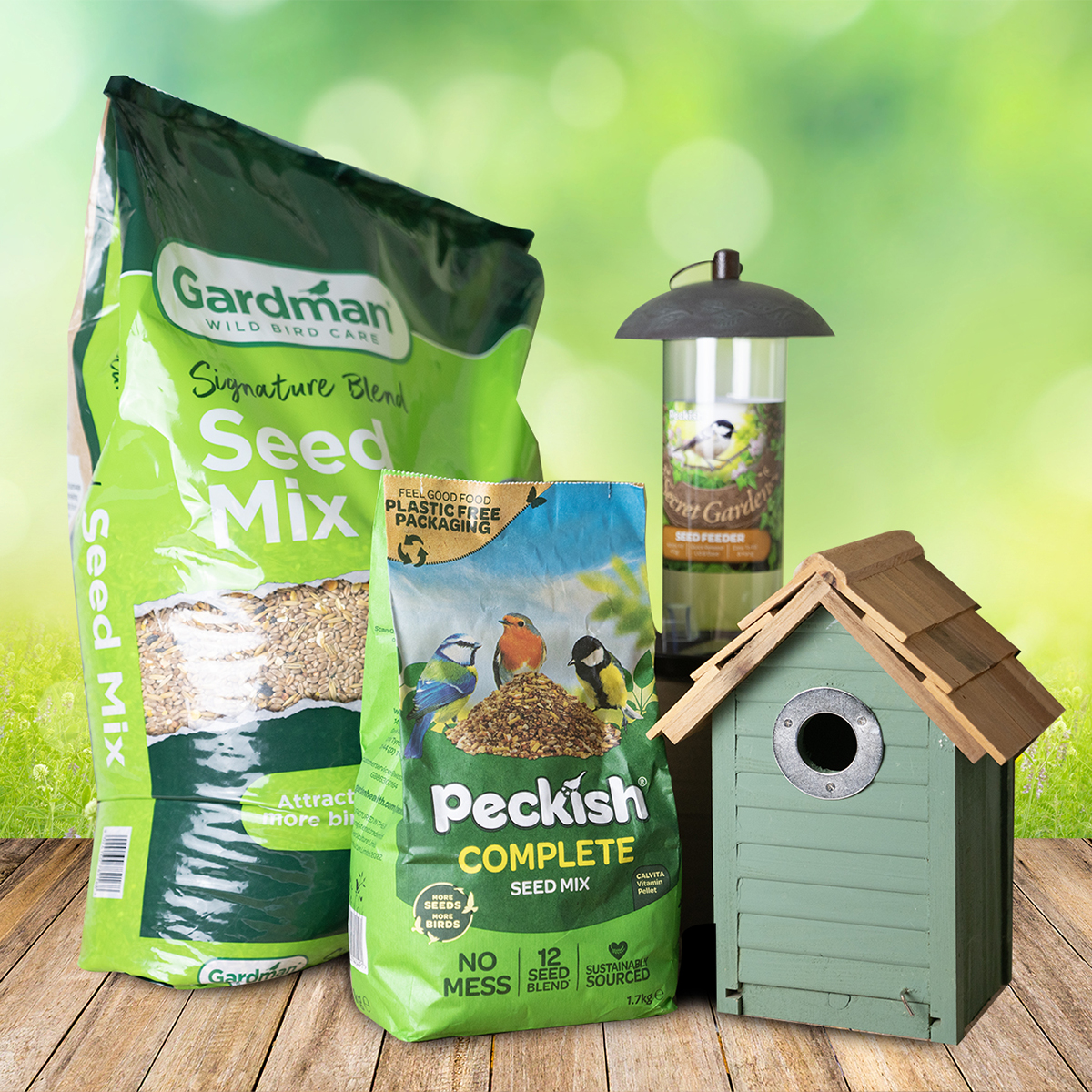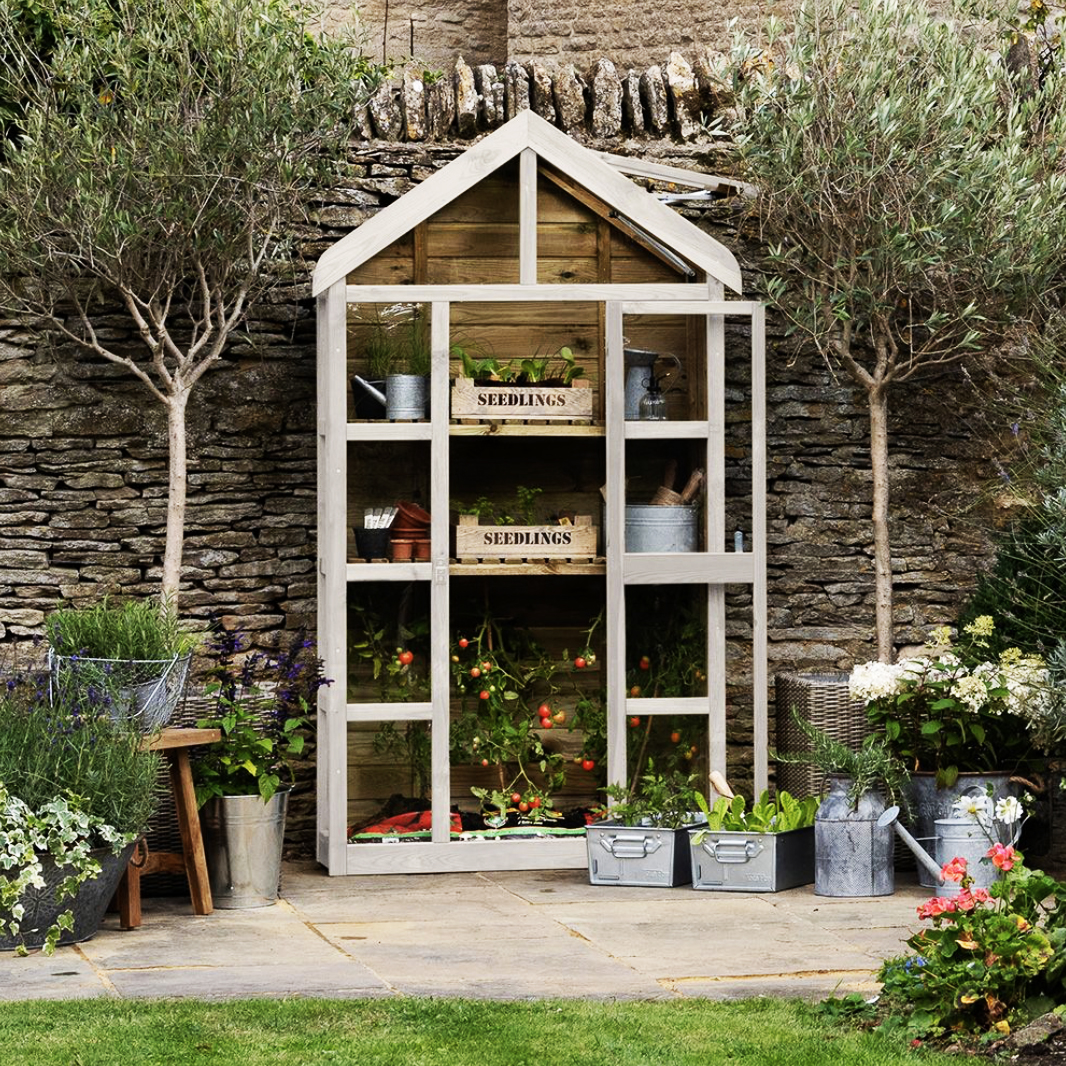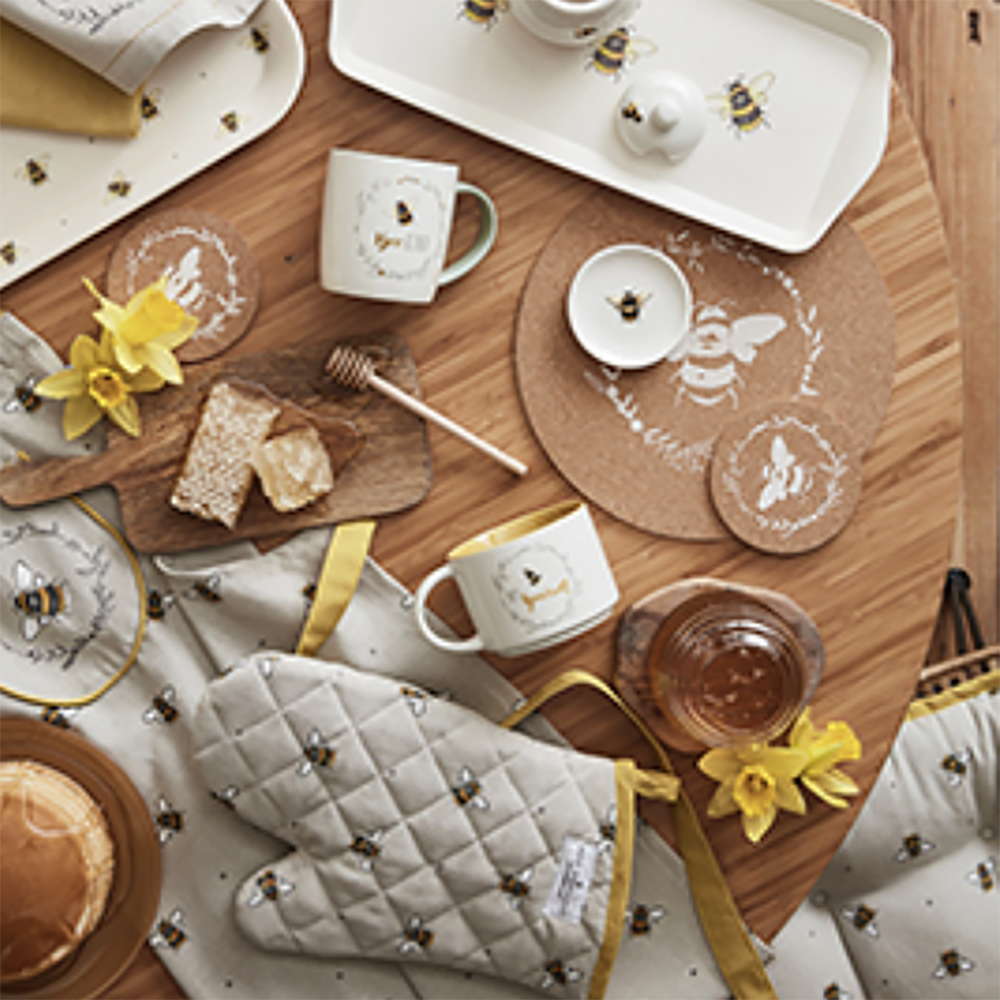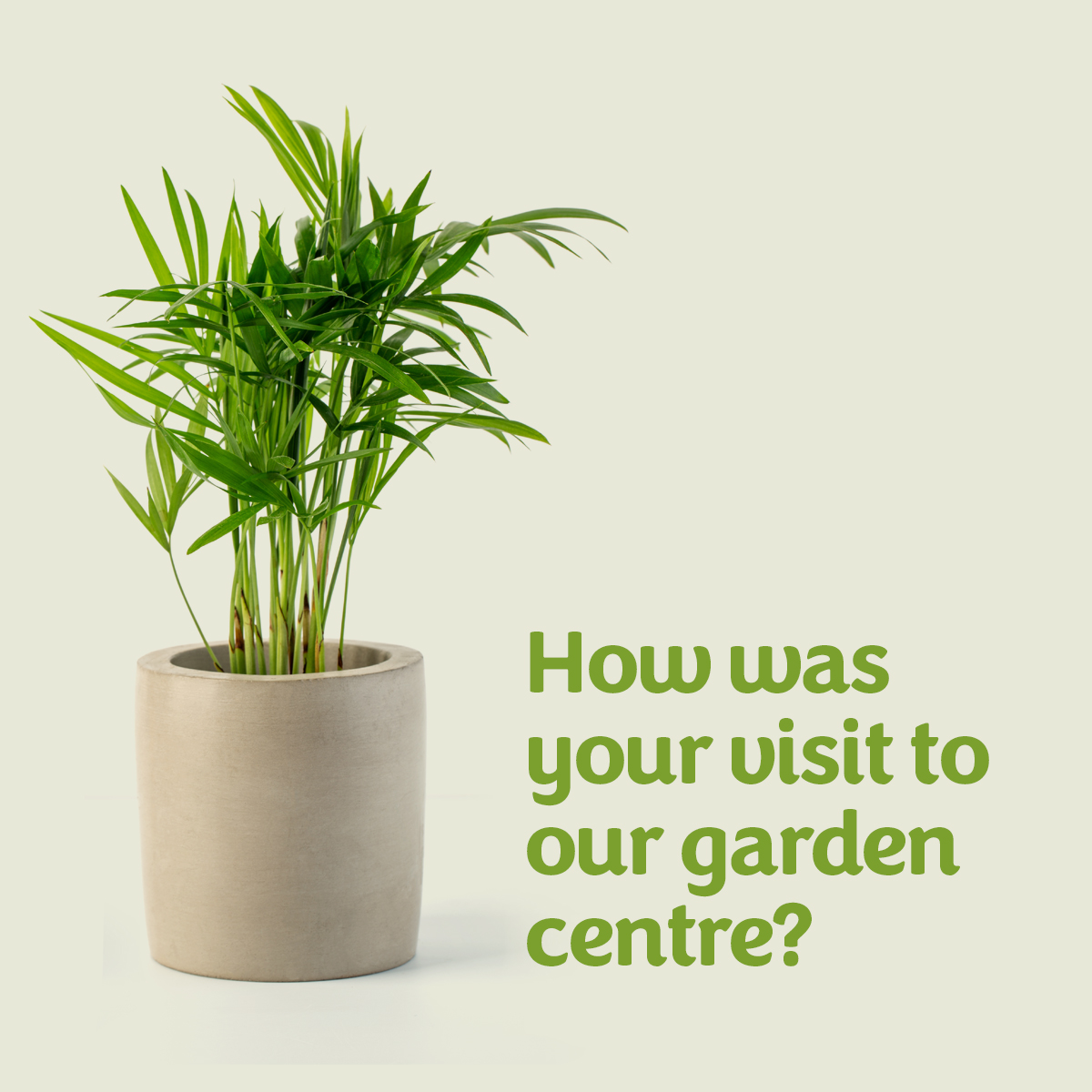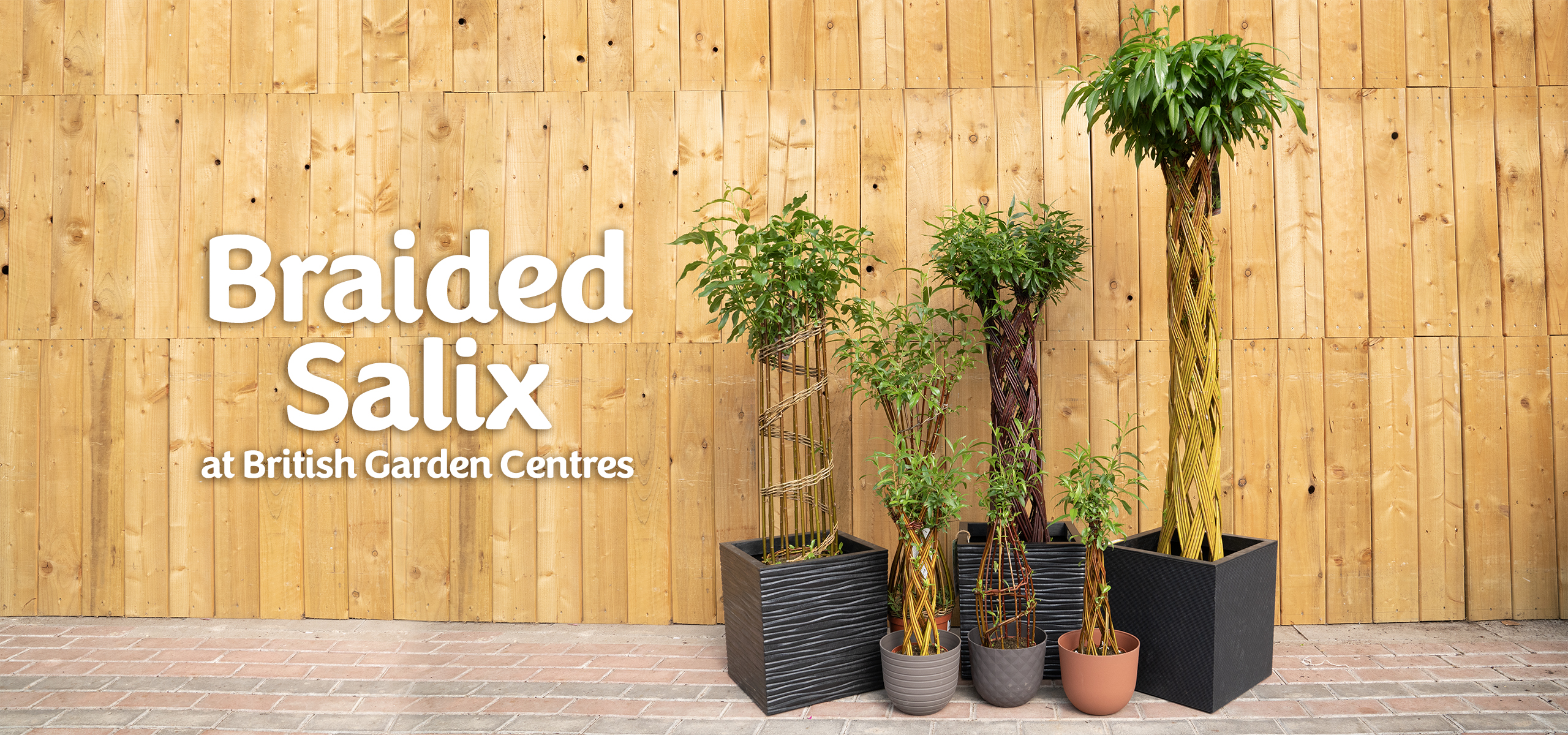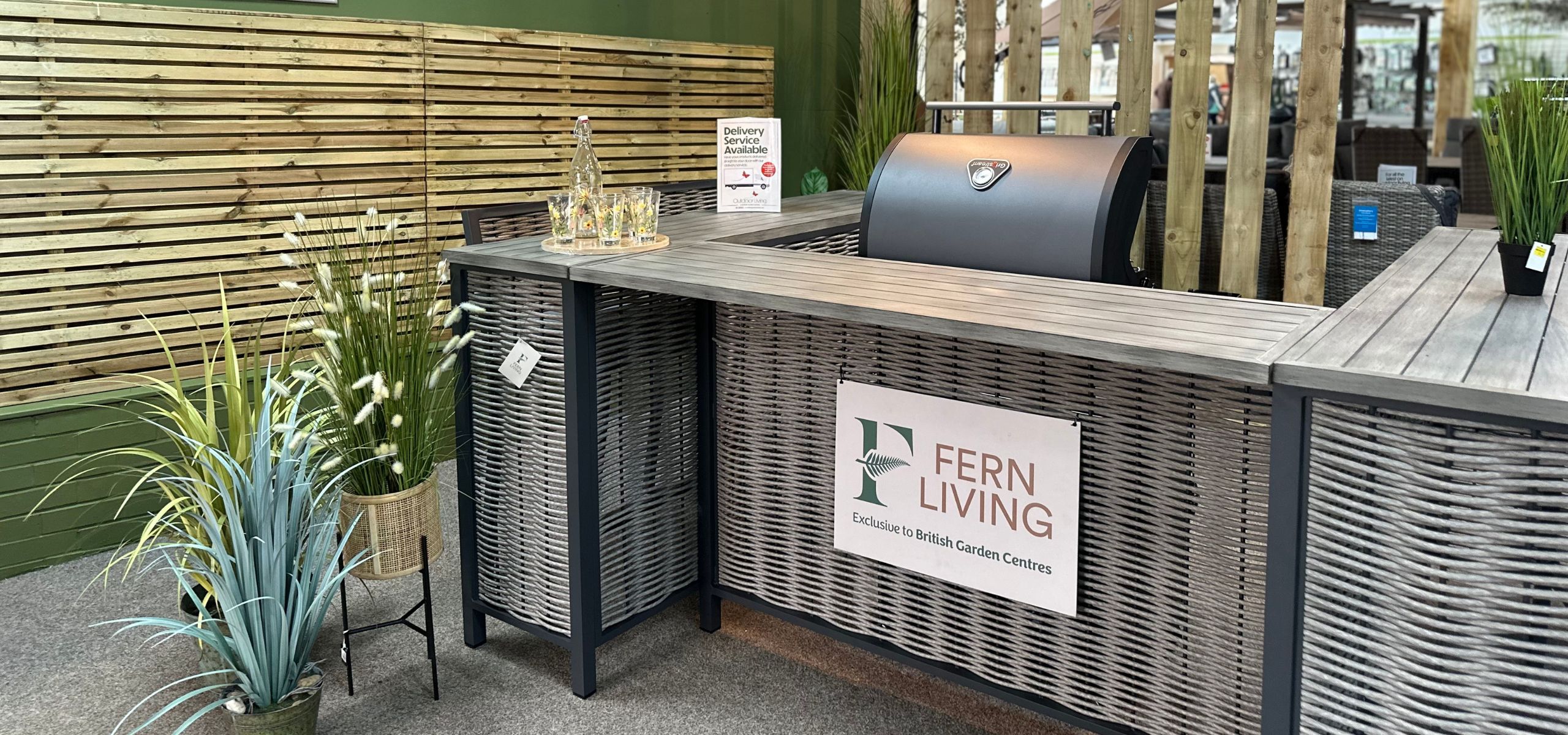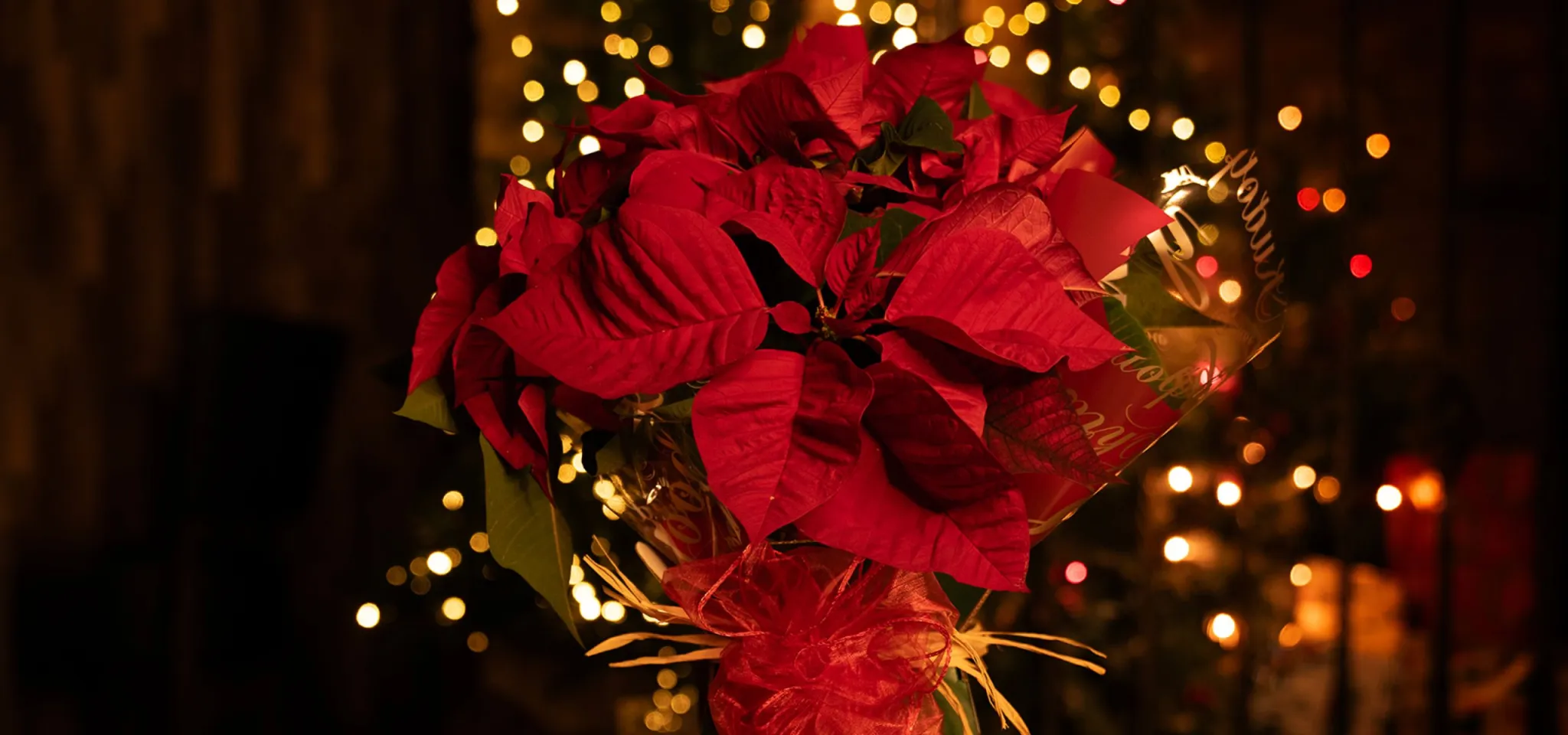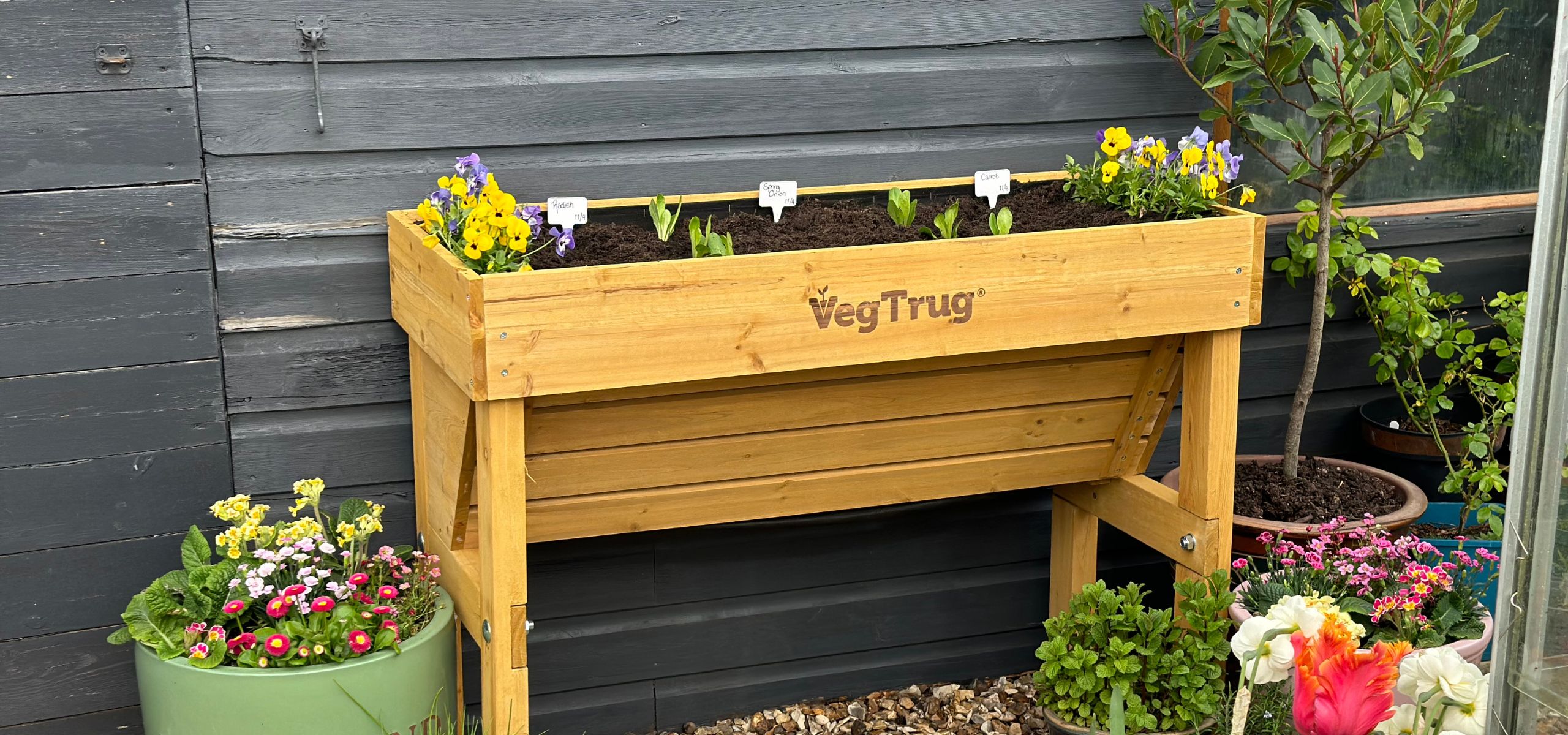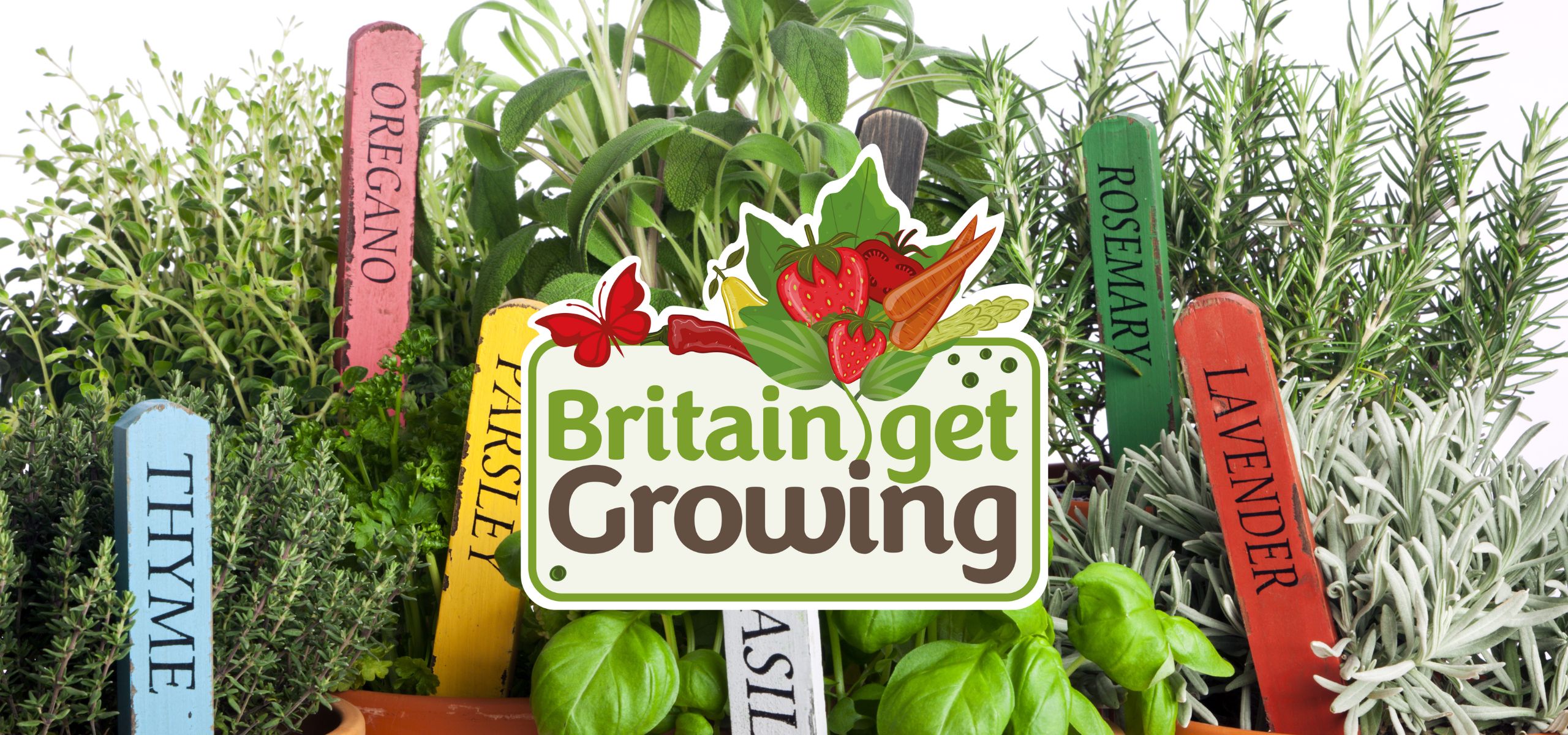Late Autumn and Winter Gardening Tips
4 Quick tips to make your life easier
- Sometimes it pays to start with the basics. A stiff broom will sweep away moss as well as soil from a brick path.
- Get yourself a pot cleaning tool or an old toothbrush and clean out all your plant pots. A satisfactory task when it’s cold and wet outside as if you lay down a tarpaulin or newspaper you can do this inside. Kitchens, bathrooms and utility rooms are best as they have a water supply.
- Make a note in your diary to take the lawnmower in for servicing before Christmas and not in March when everyone else wants theirs done…
- Take time out of your day once a month (or once a week) to reflect on some of the positive features you would like to find in your garden. List what you’d need and start planning for next year. You may have found you’ve written a Christmas present list for people to buy you!

Lovely leaves
Leave all those leaves on the lawn. Mow the lawn on a high cut (possibly the last mow of the year) which will gather up the leaves at the same time. Then you can do one of the following
Either put into leaf sacks (these are loosely woven jute sacks). Give them an occasional shake, but otherwise, ignore them until next year when the mix will have composted down. It may be ready before, but it will certainly be ready to use as an autumn mulch on your roses, vegetable garden and fruit trees.
Or add it to your general compost bin or wormery. This is especially useful if you have an overabundance of food.
Mixing the grass clippings and dead leaves gives you a ready-mixed nitrogen and carbon combination, which makes an excellent general mulch and soil improver for all soils and plants. The mix rots down quicker than leaves on their own and avoids the sliminess that grass clippings are prone to.

Jack Frost
Be prepared for frost and snow. Do some early Christmas wrapping by covering any large outside containers with bubble wrap, horticultural fleece or hessian, to help prevent the pots from cracking in the cold frosty weather and to protect roots. If using bubble wrap, then be sure to leave the drainage holes uncovered.
Plants that are slightly tender can be wrapped in a special fleece bag. Although usually seen on container-grown plants, there’s nothing to stop you from wrapping border plants like this. I kept the tender perennial herb Lemon Verbena outside for years by making sure I wrapped it up over winter. (admittedly I took cuttings as well, just in case, but they survived so they weren’t needed as replacements).
Still, on outside containers and frost – raise the pots on bricks or pot feet to ensure good drainage and reduce the likelihood of the soil water freezing. If you’re in a very cold area, and the pots are standing on paving or concrete, you can also add an insulating layer underneath. But generally speaking, grouping the pots together helps to keep them warmer. (A bit like penguins huddling together in Antarctica, perhaps?)
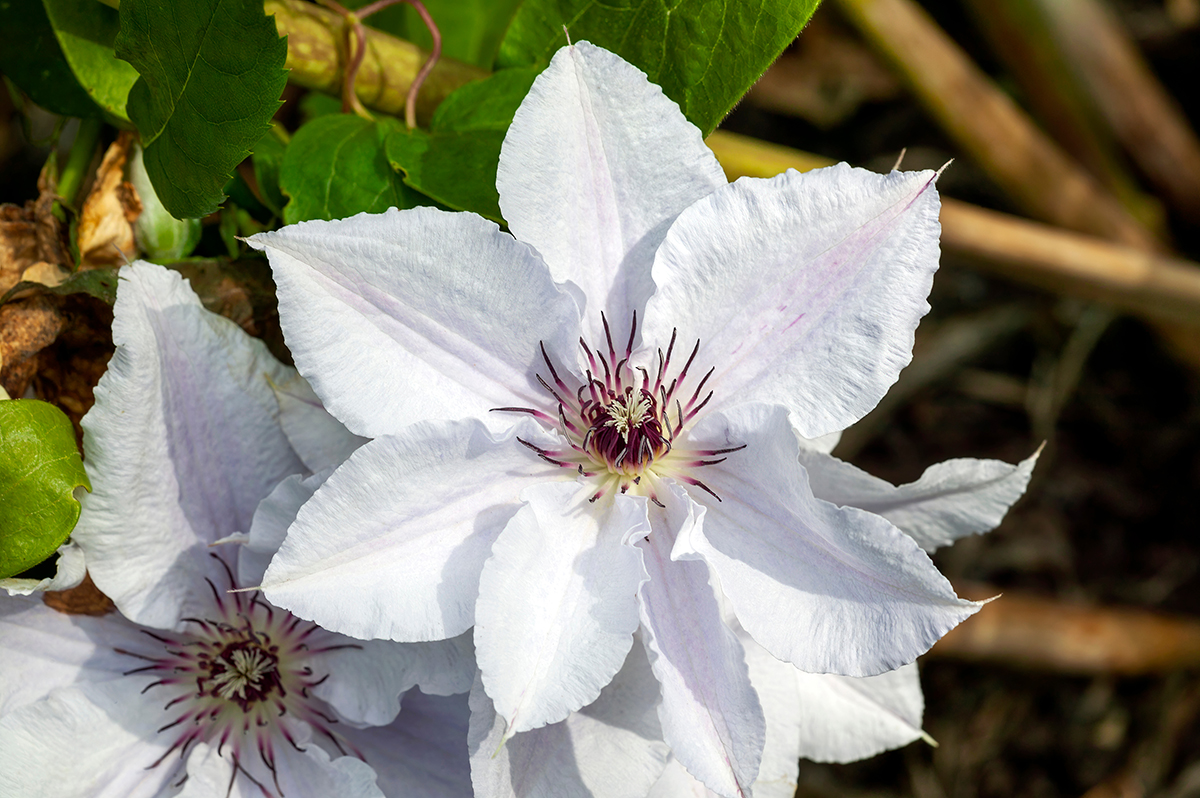
Ornamentals to Brighten Your Garden
Use the vertical spaces in your garden. Did you know that you can have different Clematis flowering all year round if you choose the right varieties?
For example, Clematis cirrhosa var. purpurascens ‘Freckles’ flowers from October to February; whilst Clematis cirrhosa ‘Wisley Cream’ flowers from November to March.
Enjoy your evergreen shrubs and trees. And think about adding variety so not everything is solid green. For example, Photinia variegata is an easy to grow and look after shrub with lovely pinky-red stems and silver edged leaves. Or grow a variegated Holly (Ilex). Just to confuse you, Ilex ‘Silver Queen’ is make, whilst Ilex ‘Golden King ‘ is female. I’m particularly fond of Ilex aquifolium ‘Ferox argentea’ which has tiny spines on the surface and edges of the green and silver leaves, plus purple stems.
The bare stems of Cornus, dogwoods, add a bright splash of contrast in the winter garden. Choose, for example, from bright scarlet Cornus alba ‘Baton Rouge’, yellow Cornus sericea ‘Yellow buds’ and the appropriately named Cornus sanguinea ‘Midwinter fire’ with multicoloured stems.

Pond Life
Although autumn is generally a good time to clean out a garden pond, as any young newts, and frogs will have left, there can be reasons why you wade carefully through the silt and floating leaves. For example, water lilies may rot if they are damaged and fish die to overwinter if their scales are knocked off.
Ponds do not have to be ‘official’ wildlife ponds in order to have a delicate ecosystem, so it is best to avoid extreme changes in the number of plants and vegetation in the water wherever possible. In order to leave a safe habitat for pond wildlife, a good rule of thumb is to remove no more than half the vegetation and plants at a time.
If you’re unsure as to how much you should do then I would suggest the following two tips are essential -
- Remove leaves from the pond surface on a regular basis and compost them.
- Check the water quality as even the best-filtered pond can accumulate unwanted chemicals. Nitrates, in particular, are detrimental to fish and other pond life. It is easy to check using a simple nitrate test kit from a specialist store, garden centre or online.
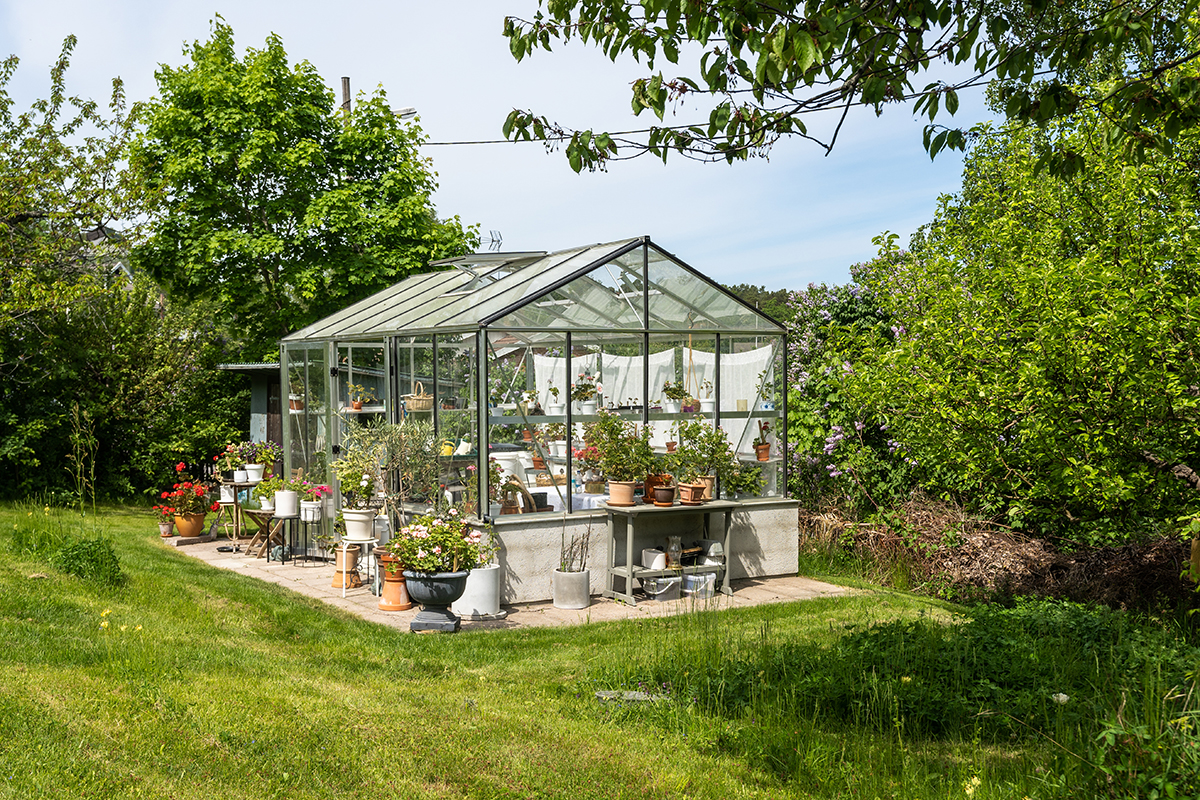
Getting your Greenhouse ready
Did you know that the average interior temperature of an unheated and uninsulated greenhouse will be 2-3 degrees higher than it is outside? Good insulation can almost double that. And if you do have the luxury of a heated greenhouse, adding insulation will reduce the heating requirements, thereby reducing cost (an important consideration these days).
However, before you start insulating, check that opening windows and doors close fully and that there are no gaps. And discover where the cold spots in your greenhouse are, you may need to increase the insulation in those areas.
Remember to regularly check on plants in unheated greenhouses and cold frames as that too much warmth and condensation will encourage rotting off, so check over foliage for signs of this.
General Tips for Winter Pruning in Your Garden
The critical questions before you start pruning any tree or shrub are: –
- Why?
- When?
- How?
You need to know which trees and shrubs to prune in winter. It is a common mistake to think that all trees and shrubs are pruned only in winter. In fact, depending on which ones you have, you might be pruning year-round – I know that’s what my garden needs.
Regarding trees, larger shrubs and hedges you also need to check: –
- Is there a Tree Preservation Order?
- Do I live in a Conservation Area or National Park?
- Is a tree surgeon needed?
You’ll need permission to prune in the first two situations. And for larger trees or those overhanging a public area or your neighbour’s greenhouse, it may be safer to get an expert in to do the work.
It is also inadvisable to prune when there is a heavy frost, or late in the day when a frost is a forecast. This is because the pruning cut is an open wound and the frost may damage the tree or shrub until the wound has healed over.
And lastly, be ready to celebrate on November 20th as this is the feast day for Saint Edmund, Patron Saint of Farm and Garden Workers!
See you in December,
Marie
About the author
Marie Shallcross is an advocate of edible ornamental gardens - beautiful, practical spaces that are both human-friendly and wildlife friendly. She is the owner of Plews Garden Design, offering bespoke Gardening Lessons where your garden is your classroom. As well as Garden Design, Planting Designs, and Garden Consultancy.
A member of the prestigious Garden Media Guild, Marie writes a weekly award-winning gardening blog – Plews Potting Shed - plus articles for various publications and websites.
https://plewsgardendesign.co.uk/
https://plewsgardendesign.co.uk/plews-potting-shed/



